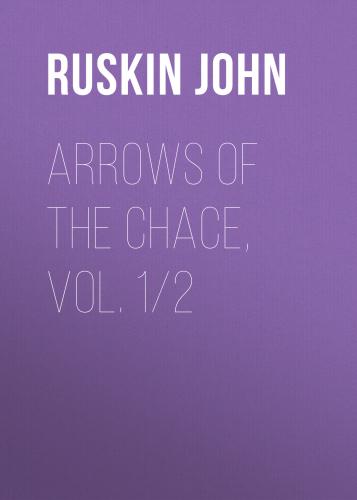66
The pre-Raphaelite pictures exhibited in the Academy of this year, and referred to here and in the following letter, were the “Mariana” (No. 561) of Millais, “The Return of the Dove to the Ark” (No. 651), and “The Woodman’s Daughter” (No. 799), (see Coventry Patmore’s Poems, vol. i. p. 184—4 vol. ed., 1879), both also by Millais; the “Valentine receiving (rescuing?) Sylvia from Proteus” (No. 594), of Holman Hunt; and the “Convent Thoughts” (No. 493) of Mr. C. Collins, to which were affixed the lines from “Midsummer Night’s Dream” (Act i. sc. 1),
and the verse (Psalm cxliii. 5), “I meditate on all Thy works; I muse on the work of Thy hands.” The last-named artist also had a portrait of Mr. William Bennett (No. 718) in the Exhibition—not, however, alluded to in this letter. Mr. Charles Allston Collins, who was the son of William Collins, R.A., and the younger brother of Mr. Wilkie Collins, subsequently turned his attention to literature, and may be remembered as the author of “A Cruise upon Wheels,” “The Eye-Witness,” and other writings.
67
Compare “Modern Painters,” vol. i. p. 415, note, where allusion is made to the painters of a society which “unfortunately, or rather unwisely, has given itself the name of ‘Pre-Raphaelite;’ unfortunately, because the principles on which its members are working are neither pre- nor post-Raphaelite, but everlasting. They are endeavoring to paint with the highest possible degree of completion, what they see in nature, without reference to conventional established rules; but by no means to imitate the style of any past epoch.”
